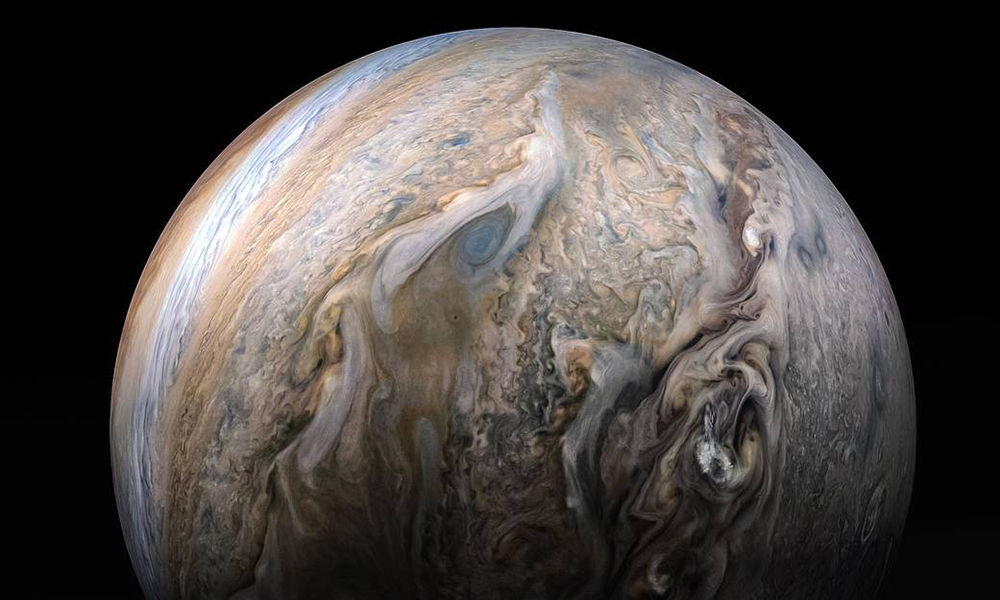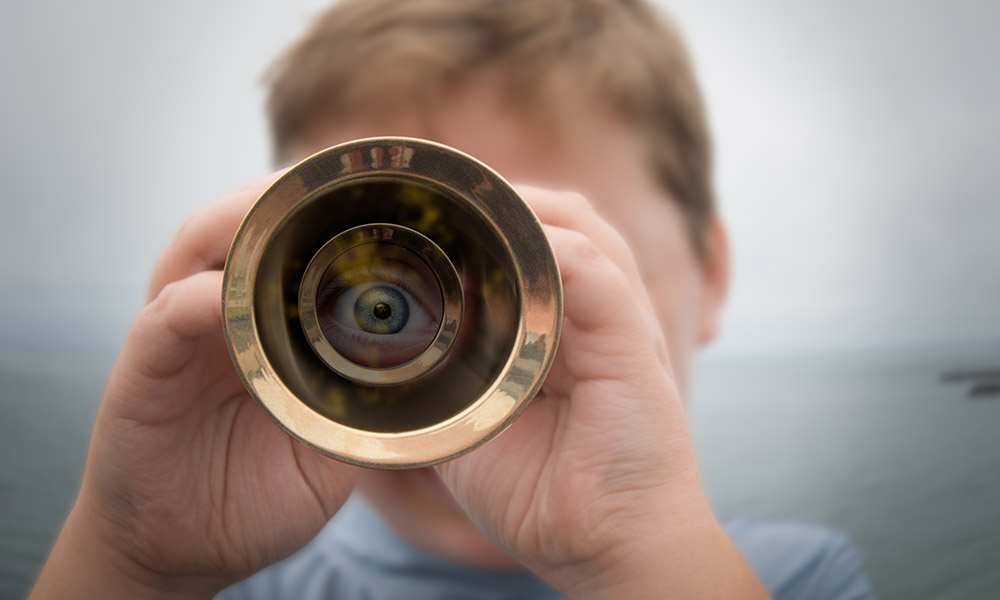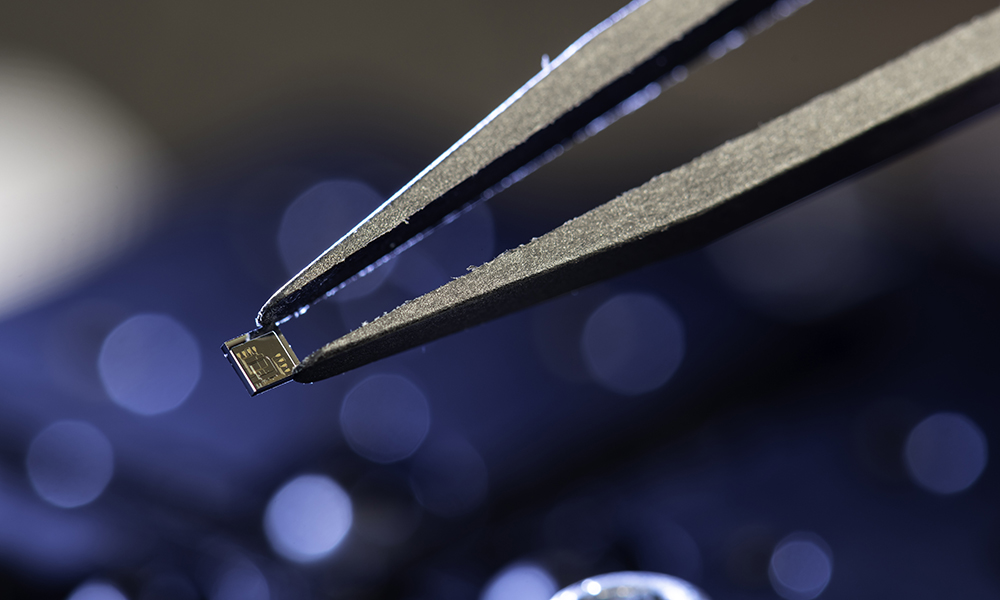
Society & Culture
One year on, Republicans still don’t consider Biden the rightful winner
December 22, 2021
In their latest survey, Rochester political scientists in the Bright Line Watch watchdog group find divisions along partisan lines have notably deepened, and voters’ confidence in next year’s midterm elections has already been affected.









